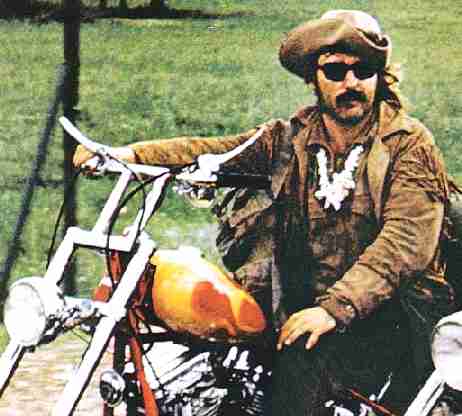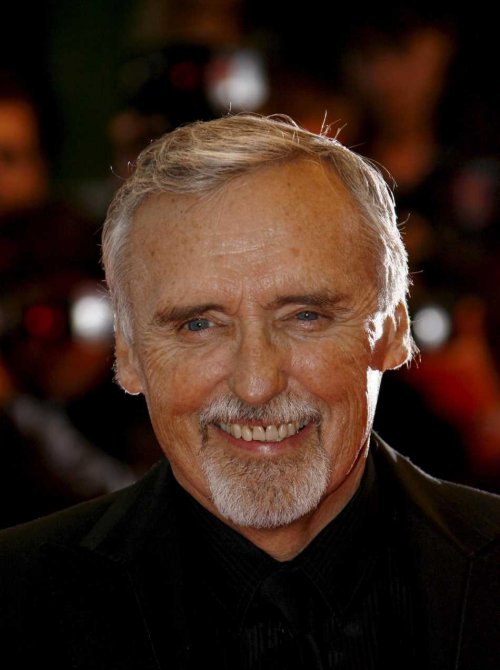
Galera,
A Programação da 5a Mostra de Cinema de Ouro Preto já foi divulgada!!
Confiram no site
www.cineop.com.br
Participem!



By JIM JARMUSCH NYC MARCH 1984
The STORY : STRANGER THAN PARADISE is a story about America, as seen through the eyes of ‘strangers’. It’s a story about exile (both from one’s country and oneself), and about connections that are just barely missed.
The STYLE : While shooting the film someone outside the production asked me what kind of film we were making. I wanted to tell them that it was a ”semi-neorealist black-comedy in the style of an imaginary Eastern-European film director obsessed with Ozu and familiar with the 1950’s American television show ‘The Honeymooners’”. Instead I mumbled something about it being a minimal story about Hungarian immigrants and their view of America. Neither answer is right, but the question made me aware that its easier to talk about the style of the film than ‘what its about’, or what happens in the story.
I wanted the film to be very realistic in its style of acting and the details of its locations, without drawing much attention to the fact that the story takes place in the present. The form is very simple : a story told in fragments, with each scene contained within a single shot, and each separated by a short period of black screen. (This form was originally ‘inspired’ by financial limitations, and limitations in our shooting schedule--but these were known before the script was written, and we wanted to turn these limitations into strengths.) Carl Dreyer, in one of his essays, wrote about the effect of simplification, saying that if you remove all superfluous objects from a room, the few remaining objects can somehow become ”psychological evidence of the occupant’s personality”. Instead of applying this idea just to physical objects in STRANGER THAN PARADISE, it is applied to the formal way the story is told. Simple scenes are presented, in chronological order, but often independent from one another. Only selected moments are presented, eliminating, for the most part, points of ‘dramatic action’. Films must find new ways of describing real emotions and real lives without manipulating the audience in the familiar, maudlin ways, and without the recently fashionable elimination of all emotion. [End page 1]
The ACTING : Given this style, the acting becomes even more critical. In this form, every shot is a master shot. Cutting cannot improve the performances through selection or elimination. If mistakes are made by the actors, the scene must be completely reshot. Scenes were carefully scripted and rehearsed in advance, but with freedom for the actors to bring their own ideas to the characters while rehearsing. The central actors are not highly trained ‘dramatic’ actors : John Lurie is a musician/composer/performer/actor, Eszter Balint is a member of Squat Theater (whose plays do not use realism as their foundation), and Richard Edson is also a musician/composer/performer. But these actors were able to create realistic characters, hopefully without ever calling attention to themselves as ‘actors’. Nick Ray used to insist that if you even stop to think about the ability of a given actor in a film, then you have lost the character being portrayed, and the acting is useless.
The CINEMATOGRAPHY : Once again, because of the style of this film, each shot had to be choreographed, in terms of the action and the camera. Many shots are static, while others follow the characters, changing compositions and perspective within a given shot. Tom DiCillo and I tried to make each shot as simple and as strong as possible, while reinforcing the central ‘feeling’ of each scene. It was also important to us to create a kind of uniform atmosphere throughout the film. STRANGER THAN PARADISE includes three sections (or ‘chapters’)-- each filmed in a different par of the U.S. : THE NEW WORLD (filmed in New York), ONE YEAR LATER (filmed in Cleveland) and PARADISE (filmed in Florida). Even though these locations each have a very different feeling, we accentuated the sameness through lighting, filtration, and composition of shots. Of course, filming in black & white enabled us to eliminate information (color) that was not necessary to our story. In the end, the effect of the cinematography and the form of the film, suggests a photo-album, where individual photos are surrounded by black spaces, each one on a different page.
Transcribed by Ludvig Hertzberg

Easy Rider – O símbolo do Road Movie
Em nosso primeiro encontro do Cinema Aberto foi exibido o filme Easy Rider, de 1969, dirigido por Dennis Hopper, produzido por Peter Fonda e com os dois como protagonistas.
A discussão girou em torno dos objetivos das atividades e de uma possível delimitação de características dos Road Movies enquanto estratégia de discurso cinematográfico.
CONTEXTUALIZAÇÃO HISTÓRICA
Easy Rider é fruto de uma geração que viveu o fenômeno da contracultura nos Estados Unidos. Uma geração que presenciava a Guerra do Vietnã e se pautava por elementos da cultura hippie, do movimento new age e pela busca da liberdade.
O amor livre, o uso de drogas enquanto busca por outras percepções de mundo e a música rock n´roll ditavam todo um modo de comportamento. Pela primeira vez a geração se via retratada nas telonas.
O filme Easy Rider é um exemplo bem consolidado de Road Movie pois constrói um duplo diálogo em relação ao momento em que surgiu no cinema hollywoodiano e em relação à sua temática e a forma como a sociedade lidou com ela.
Já na década de 60, os antigos produtores viviam uma grande estagnação e talvez os últimos dias da Hollywood como conheciam. Já se passara o tempo das grandes produções de estúdio, dos clássicos westerns, noirs e consagrados musicais. Surgiam nos EUA as primeiras escolas de cinema e jovens cineastas que buscavam por um meio de produzirem seus filmes e conseguirem visibilidade.
As chances não eram muitas, pois a grande maioria das produtoras estavam nas mãos dos velhos e tradicionais nomes da produção cinematográfica, pouco favoráveis a mudanças.
Paralelamente a esse movimento nos EUA, e talvez um dos principais influentes na produção que viria acontecer posteriormente, acontecia na Europa a Nouvelle Vague, um dos mais importantes movimentos da história do cinema mundial, que revolucionava o modo como cinema seria visto. Além disso, fenômenos de um cinema pós-guerra podiam ser vivenciados no norte europeu e no oriente.
A relação de amor e ódio que se estabeleceu entre cineastas americanos e a nouvelle vague foi fundamental para a produção de ambos os movimentes. A Nova Hollywood surgiu em resposta aos clássicos do movimento europeu, e ao antigo sistema hollywoodiano estabelecido nos EUA.
Alguns dos primeiros filmes da Nova Hollywood foi Bonny&Clyde (Arthur Penn, 1967), que também pode ser considerado um Road Movie, juntamente com A Primeira Noite de Um Homem (Mike Nichols, 1967). Esses filmes mudaram todo um paradigma de linguagem e narrativa estabelecido pelo cinema clássico norte-americano.
Em meio a esse contexto de contracultura e de Nova Hollywood, surge Easy Rider, um símbolo tanto de revolução no cinema, quanto em relação à sua temática e ao modo como lida com o espectador, gerando profunda identificação.
A própria história da produção do filme é um tanto conturbada. Dennis Hopper chegou no final das gravações já bem “doidão” e para terminar o filme, Fonda teve que distraí-lo para conseguir terminar a montagem do filme. Conseguir uma boa distribuição foi difícil no começo, mas com a grande aceitação do público após sua estréia, logo ganhou prêmios e se consagrou.
A ESTRADA
Jack Kerouac talvez seja o grande símbolo do gênero Road. Penso que sem a existência do seu best-seller On The Road não houvesse tanta repercussão em torno do tema. Kerouac retratou de forma magistral as grandes viagens e reflexões da vida na estrada. E foi ali que se formou uma relação de cumplicidade entre aquele que busca e a estrada.
A busca pela liberdade, a busca pela América, a busca por conhecer a si mesmo. Não importa o que é buscado, a estrada é o lugar ideal para não se achar o que se quer, mas sim para continuar sempre buscando. É o lugar nenhum, é a catarse, é o renegar dos valores tradicionais da vida nas cidades, das convenções e das regras.
